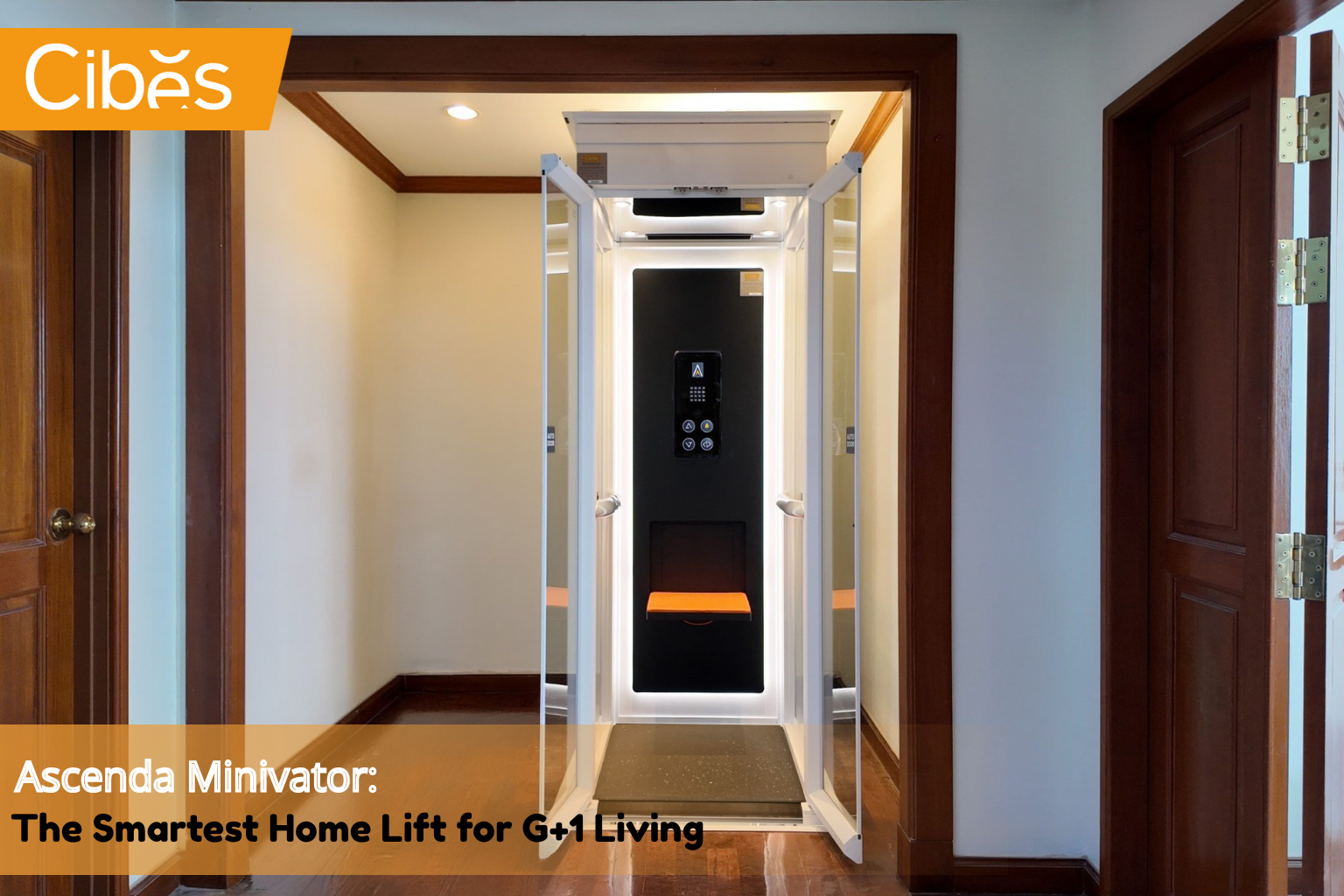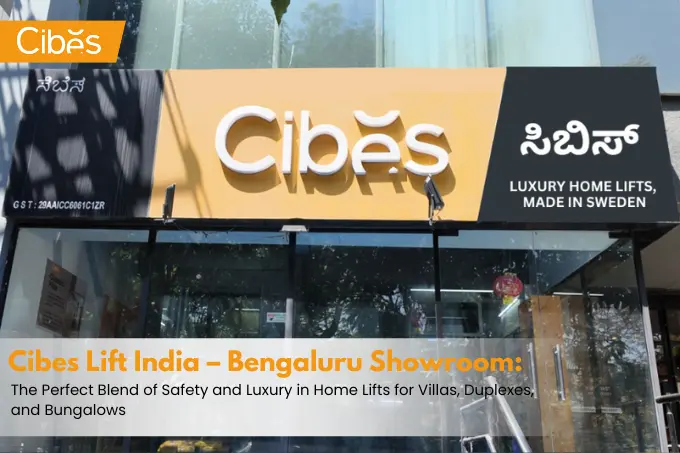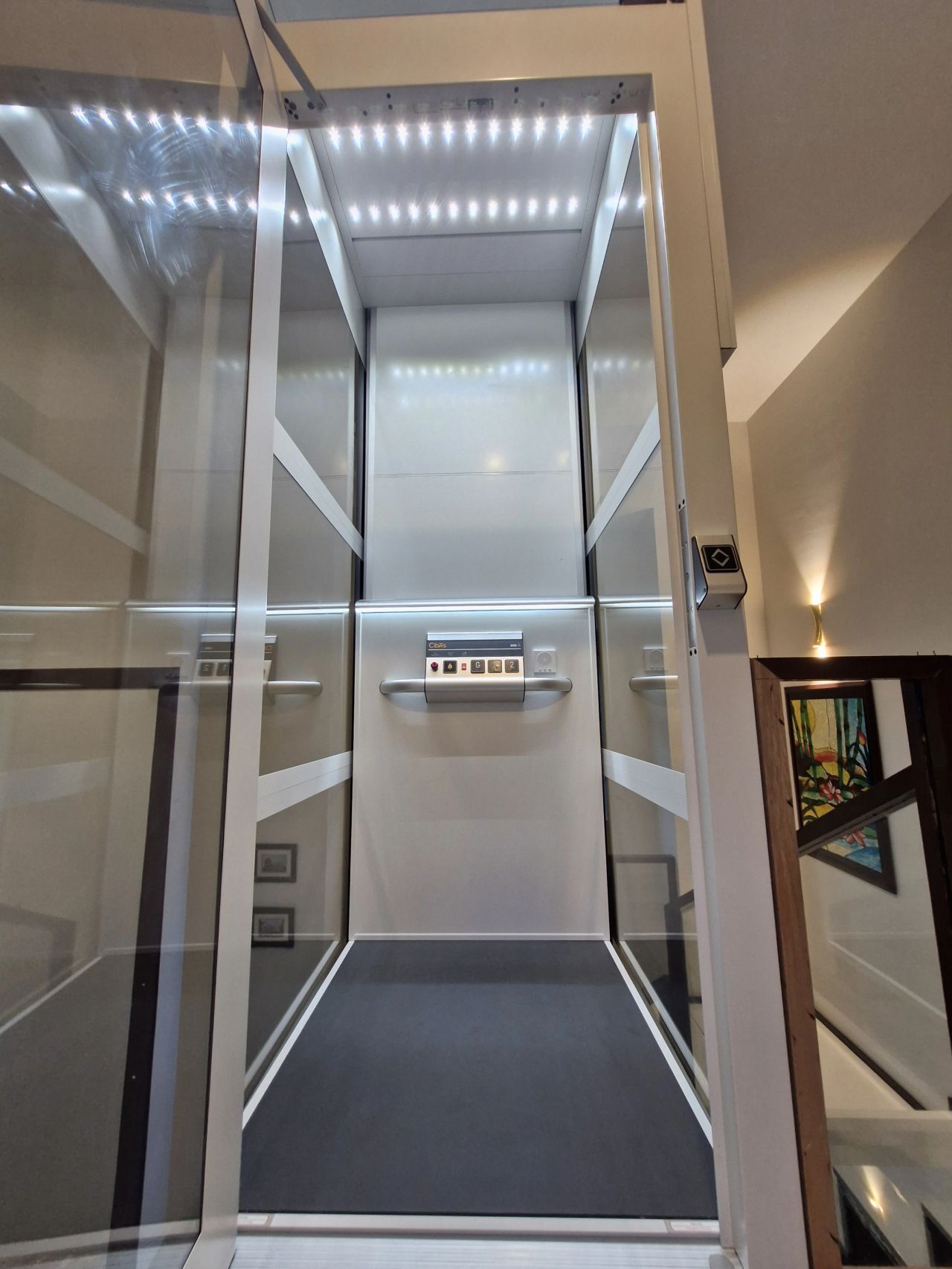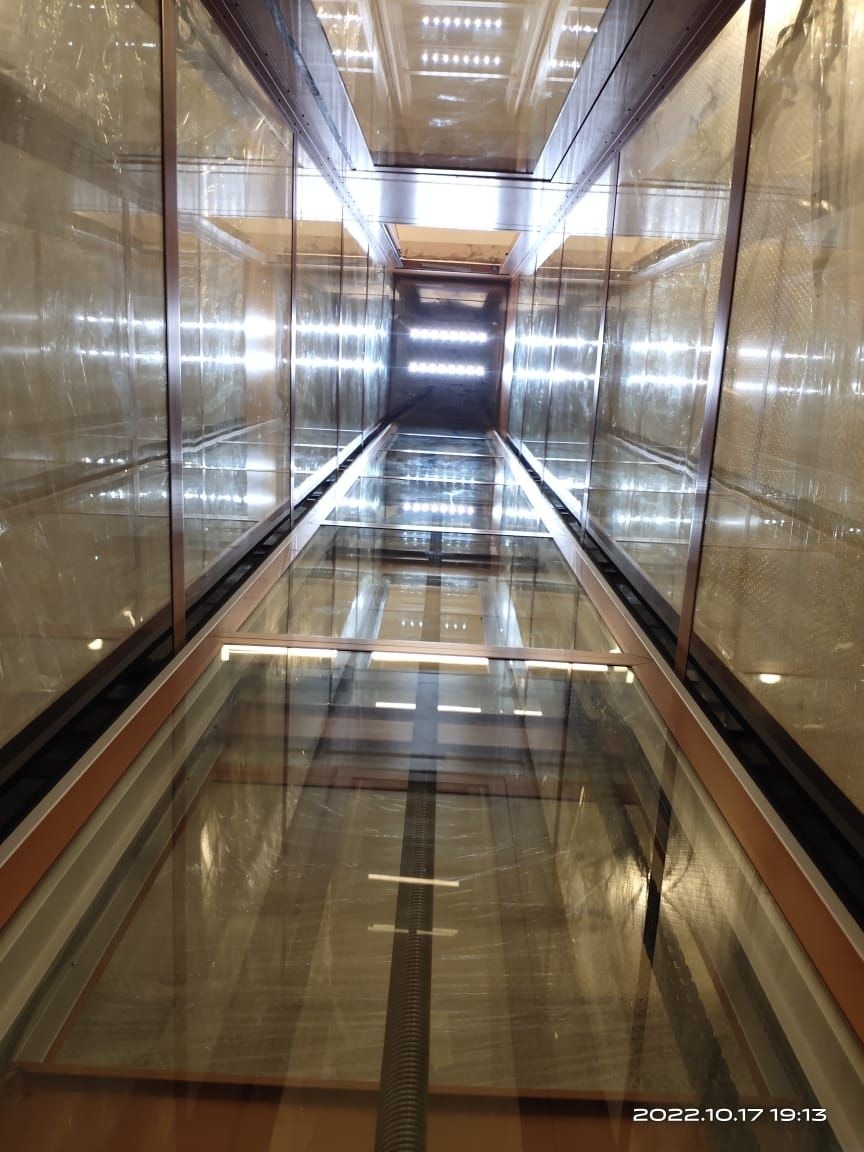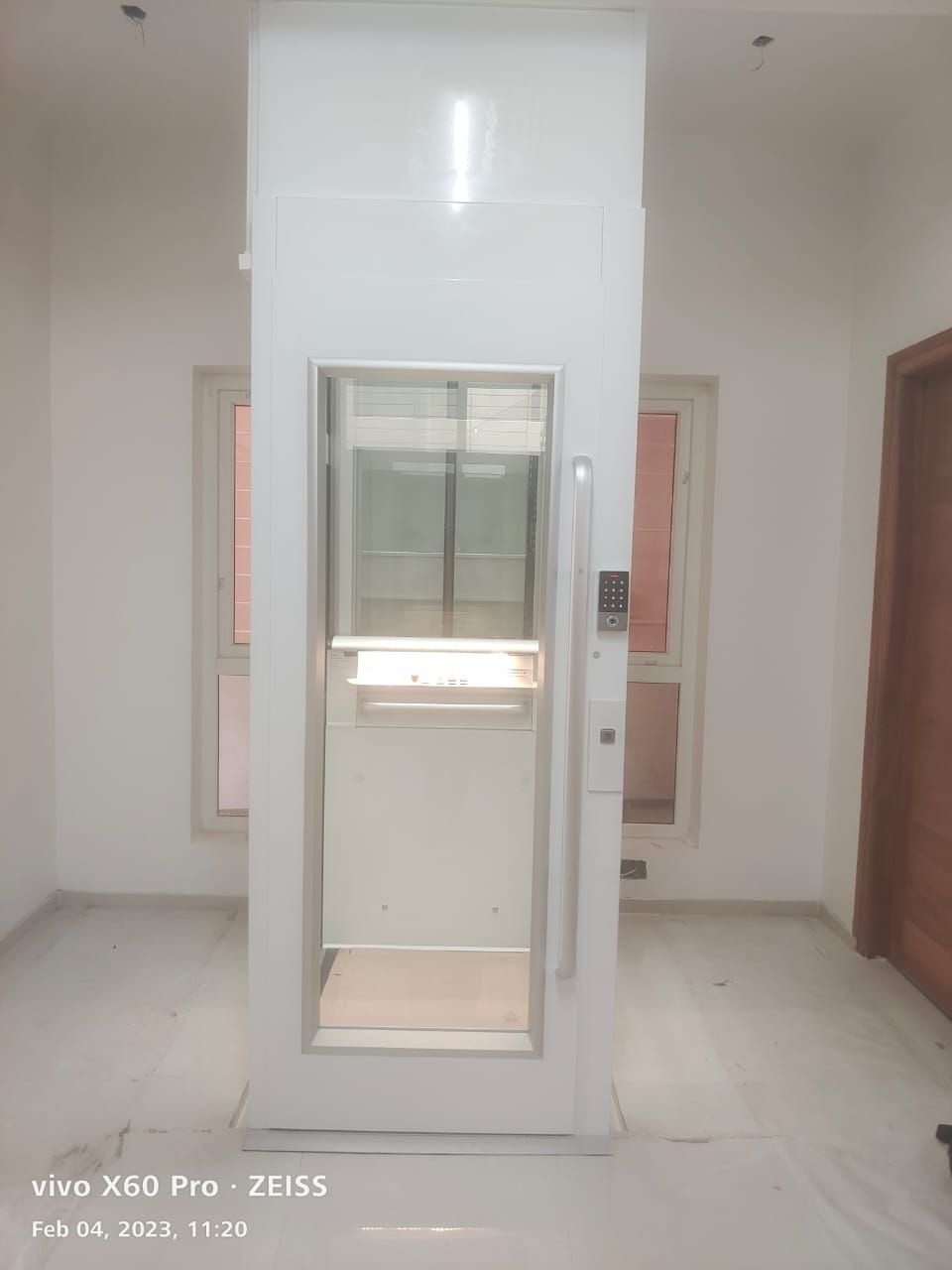Blog - 15/01/2025
Home Lift Price in India: Why Screw-Driven Lifts Are The Safest Home Lifts & Worth Purchasing
Thinking of upgrading your home with a lift? Whether you live in a duplex, villa, or multi-storey home, installing a home elevator is one of the smartest and most stylish ways to enhance everyday living. But as you begin your research, one question often comes up—what’s the home elevator price in India, and which technology is worth the investment?
Let’s explore why screw-driven lifts are fast becoming the preferred choice across Indian homes—and how they compare with other elevator types, minus the heavy construction work or surprise costs.

Screw-Driven Elevators Lead the Way
Screw-driven lifts have changed the way we think about home lifts. Unlike traditional systems, they don’t need a deep pit, machine room, or complicated setup. As a result, they are increasingly being chosen by houses looking for a lift that blends modern design, safety, and comfort.
Screw-driven technology designed specifically for home applications.
- Easy and fast installation—perfect for retrofit projects too
- No shaft, no machine room or pit required
- No risk of freefall
- Safe, silent, and smooth operation
- Ideal for villas, duplexes, and compact homes
And while most customers start out comparing the home price cost in India, they soon realize that screw-driven elevators provide unparalleled long-term value in safety, maintenance, and convenience. Unlike traditional lifts, it doesn’t need oil changes or cable inspections every few months. You install it, and it works—month after month—with minimal fuss.
Let’s Compare Home Lift Prices: Screw-Driven vs. Other Lift Technologies
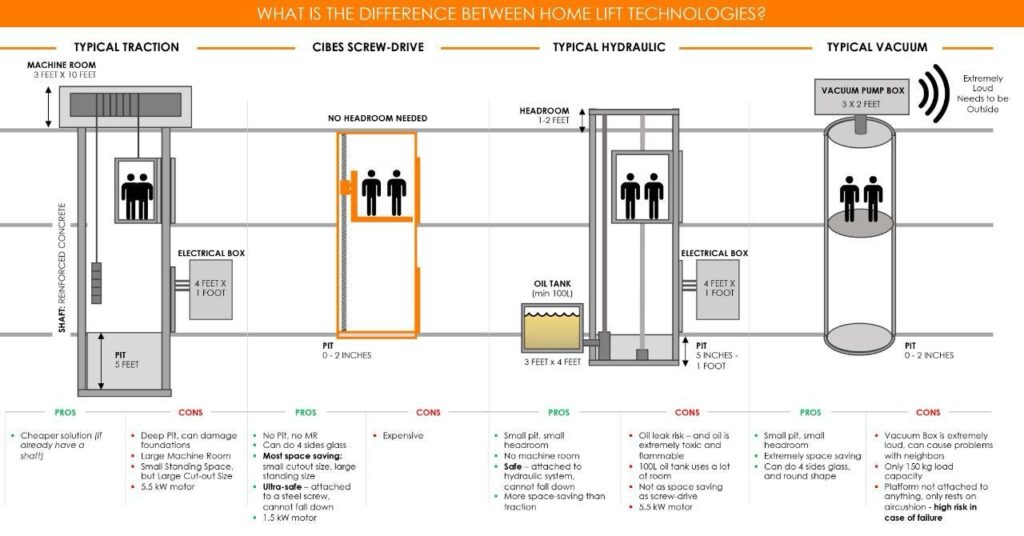
Traction:
- Traction lifts are usually used in mid and high-rise buildings
- Requires a pit and a machine room
- Mostly used in commercial sites (Malls, offices, etc.)
- Consumes a lot of space in a house
- You need to build a concrete shaft, pit & a bulky machine room
If you’ve ever noticed a small room on the rooftop of a building, chances are it’s a machine room for a traction lift. These types of lifts work using a motor and counterweights, kind of like a giant pulley system. To install one, you’ll need to dig a pit (usually around 100 mm to 300 mm deep) at the base and build an overhead room to house the machinery.
Sounds like a lot, right? That’s because it is, especially for a private home.
Sure, traction lifts are great for high-rise buildings or commercial spaces where speed and heavy-duty use matter. But in a villa or bungalow, they often feel like overkill. You’re giving up valuable space for a pit and a separate machine room—things that aren’t really necessary in a typical household.
In short, traction lifts are bulky, space-consuming, and better suited for buildings, not homes. There are smarter, more compact alternatives out there (like screw-driven lifts!) that are specifically designed for residential use.
Hydraulic:
- No machine room is required
- Space saving
- They are usually installed in low-rise buildings
- The oil tank would require refilling almost every year
- High probability of oil leakage
Hydraulic systems have been around for a long time, Hydraulics were invented way back in the 1800s. Unlike traction elevators, Hydraulic lifts do not need a dedicated machine room. In simplest terms, Hydraulic elevators have an oil-filled tank; the oil pushes through a piston for the elevator to go up and releases the oil for the elevator to come down.
They are space-saving compared to a traction lift; you can save up to 30% of area. The hydraulic lift can only go up to a certain height, different companies have different restrictions based on their hydraulic kits. A lot of hydraulic kits are made in India, and some are imported. There are a lot of Italian and German brands selling them in India via many distributors & dealers.
Vacuum:
- No pit or machine room, but very limited in size
- Not ideal for regular family use
- Limited to 2–3 floors only
- Higher noise levels and slower speeds
Vacuum lifts are often sold on the “wow” factor. A transparent tube in the middle of your living room? Sounds cool, right? But once you get past the design, reality starts to sink in.
Let’s start with space. Most vacuum lifts can fit just one person at a time—barely. There’s not enough room for two people, let alone someone with mobility aids, a child, or heavy bags. If you’re thinking long-term, or you have elderly parents or frequent guests, this setup quickly becomes impractical.
Then there’s the sound. These lifts run on air pressure, which means every ride involves noticeable suction noise. In a quiet home, it can feel intrusive, especially compared to the smooth, silent glide of a screw-driven lift.
Also, while they don’t require a pit or machine room (which is great), their cylindrical shape makes interior placement tricky. You can’t tuck them into a wall or blend them into your design like other lift types. They tend to stand out—and not always in a good way.
Vacuum lifts are more about appearance than practicality. They’re fine for show homes or niche spaces, but if you’re looking for something your whole family can use every day—comfortably, quietly, and safely—they might leave you disappointed.
When you’re planning to install a lift at home, it’s easy to get caught up in comparisons and technical jargon. Traction, hydraulic, vacuum, screw-driven—it can feel like a lot. But once you understand how each one truly fits into daily life, the decision becomes much simpler.
- Traction lifts are great for tall commercial buildings, but for a cozy villa or duplex, they take up far too much space and require heavy construction.
- Hydraulic lifts do better in homes but still come with maintenance hassles and height limitations.
- Vacuum lifts look fancy at first glance, but their compact size, noise levels, and impractical design often disappoint over time.

That’s why more and more homeowners are turning to screw-driven lifts—because they actually solve the real problems families face. They’re compact, quiet, and safe. They don’t need a pit, a shaft, or a machine room. And they look just as good as they perform.
So, if you’re starting your journey by searching for the home lift price or comparing different elevator types in India, remember—price is just one part of the story. The true value lies in peace of mind, ease of use, and a design that fits your home perfectly.
With Cibes screw-driven lifts, you’re not just adding a lift. You’re adding freedom, comfort, and future-readiness to your lifestyle, with no compromises.
Frequently Asked Questions (FAQs)
1. What factors affect the price of a home elevator in India?
- Type of elevator (hydraulic, traction, Screw driven)
- Number of floors and stops
- Customization and luxury finishes
- Brand and technology used
- Installation and civil work costs
2. What are the different types of home elevators available in India?
The main types of home elevators include:
- Screw Drewn Elevators – (modern, compact, shaftless, and requires no pit, or machine room).
- Hydraulic Elevators – (smooth and quiet, needs a pit and machine room).
- Traction Elevators – (energy-efficient, no machine room required).
- Vacuum Elevators – (no pit or machine room, limited capacity, higher noise, slower speed)
3. Is installation included in the cost of a home elevator?
Most makers remember fundamental establishment for the cost, yet extra polite work, for example, making a shaft, changing walls, or electrical work, can inflate costs.
4. How many floors can a screw-driven lift cover?
Most screw-driven lifts can easily cover up to 6 stops or around 4–5 floors, which is perfect for most homes in India.
5. Are screw-driven home lifts safe?
Yes, screw-driven lifts are among the safest home elevators. They include anti-trap systems, emergency lowering, and don’t rely on ropes or oil pressure.

For more information, please contact the Cibes Lift brand home lifts at Cibes Lift (India) Pvt. Ltd.
Lift showroom in Gurugram
Ground, Emaar Mgf The Palm Drive Vatika Professional Point, Badshahpur, Sector 66, Gurugram, Haryana 122002
Lift showroom in Bangalore
Ward No. 67, 8th Block, Regent Sunnyside, Ground Floor, Corporation No. 581, Koramangala, Karnataka 560095
Lift (only office) in Kolkata
1st Floor, Anuj Chambers, 24, Park St, Park Street area, Kolkata, West Bengal 700016
For more information about our screw home lifts, please get in touch with us or dial +91 8800 887 887 to receive a callback and a quote.
Experience effortless movement in your two-storey home with the Ascenda Lift for G+1. Designed for safety, comfort, and modern living, Ascenda brings pitless installation, all-glass elegance, and advanced features that transform everyday mobility. A perfect upgrade for families seeking convenience and long-term reliability.
The real lift cost in 2025 goes beyond the price tag. Cheap lifts may save money upfront but compromise safety, quality, and durability. Premium lifts like Cibes offer superior engineering, energy efficiency, and long-term value, making them the smarter investment for homeowners seeking safety, style, and reliability.
Experience true harmony with Cibes pitless lifts, a Vastu-friendly solution that preserves your home’s balance, avoids deep digging, and brings effortless comfort with modern elegance.
Step into Cibes Lift India – Bengaluru Showroom, where luxury meets safety. Explore premium home lifts crafted for villas, duplexes, and bungalows with unmatched comfort.
Discover Cibes Lift India – Gurugram Showroom, showcasing the safest and most luxurious home lifts. Perfectly designed for villas, duplexes, and bungalows to blend elegance with comfort.

We offer lifts for any application, and regardless if you need a lift for your home, a school, an office, a hotel or a warehouse, we have the perfect lift model for you,a hotel or a warehouse, we have the perfect lift model for youa hotel or a warehouse, we have the perfect lift model for you
See all




